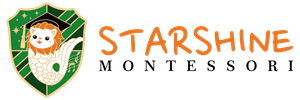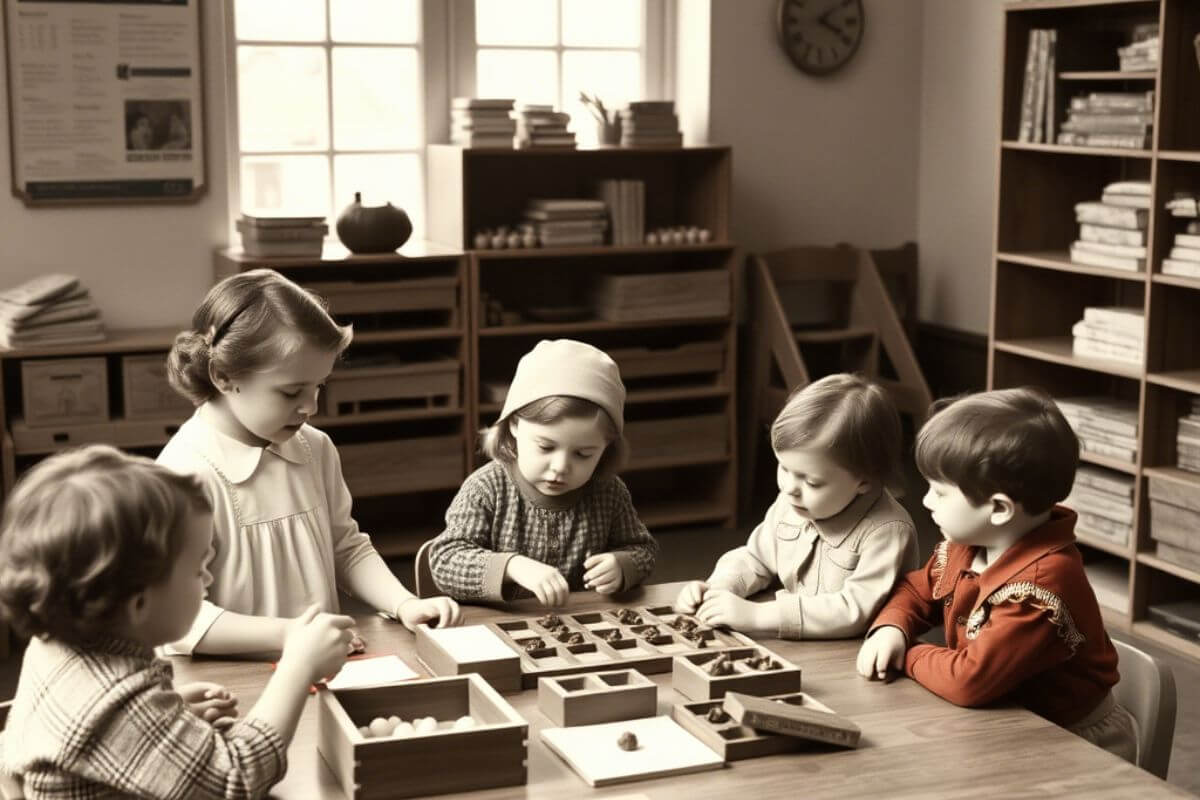Key Points
- Maria Montessori was an Italian physician and educator born in 1870, known for the Montessori method, which emphasizes child-led learning and hands-on activities.
- Her philosophy focuses on independence, respect for the child, and a prepared environment, with classrooms designed for mixed-age groups and sensory materials.
- The method is widely used globally, particularly in early childhood education, and is praised for fostering a love of learning and social skills.
Introduction to Maria Montessori
Maria Montessori, born on August 31, 1870, in Chiaravalle, Italy, was a pioneering physician and educator. She became one of the first women to graduate from the University of Rome’s medical school in 1896, initially focusing on children’s mental health. Her work with children with special needs led her to develop the Montessori method, which she introduced in 1907 with the first “Casa dei Bambini” in Rome. This method, emphasizing child-initiated learning, has influenced education worldwide.
Her Educational Philosophy
The Montessori method is child-centered, promoting independence and self-directed learning. Key principles include:
- Respect for the Child: Treating children as capable individuals, encouraging them to make choices.
- Prepared Environment: Classrooms with child-sized furniture and accessible materials, fostering exploration.
- Hands-On Learning: Using sensory materials like the pink tower for visual discrimination, enhancing understanding through experience.
Montessori identified four developmental planes, with the first (birth to 6 years) focusing on sensory and practical life skills, ideal for preschoolers.
Relevance for Parents
For parents, the Montessori method offers individualised learning, helping children develop at their own pace. It fosters social skills through mixed-age groups and prepares children for life with practical activities, making it a compelling choice for early education.
Detailed Exploration of Maria Montessori and Her Educational Philosophy
Maria Montessori’s life and work have left a lasting impact on early childhood education, particularly through the Montessori method, which is celebrated for its child-centered approach. This section delves into her biography, the development of her educational philosophy, and its implementation, especially relevant for parents considering options like Starshine Montessori in Singapore.
Biography and Early Life
Maria Tecla Artemisia Montessori was born on August 31, 1870, in Chiaravalle, Italy, to Renilde Stoppani and Alessandro Montessori. Her mother, well-educated and passionate about reading, and her father, an accountant, moved the family to Rome in 1875. Montessori entered public elementary school at age 6, with a record described as “not particularly noteworthy,” earning certificates for good behavior and “women’s work.” By 1883, at age 13, she enrolled in the Regia Scuola Tecnica Michelangelo Buonarroti, studying subjects like Italian, arithmetic, and sciences, graduating in 1886 with good grades. She continued at the Regio Istituto Tecnico Leonardo da Vinci, focusing on mathematics and sciences, graduating in 1890 with a certificate in physics-mathematics, initially aiming for engineering before deciding on medicine.
Her pursuit of medicine was groundbreaking; she faced hostility but graduated with honors from the University of Rome in 1896, becoming one of Italy’s first female doctors. Her thesis, published in 1897 in Policlinico, marked her entry into pediatrics and psychiatry, setting the stage for her educational innovations.
Work with Children and Development of the Montessori Method
Montessori’s career shifted toward education after working with “phrenasthenic children” (those with cognitive delays) at the University of Rome’s psychiatric clinic. Visiting asylums, she studied the works of Jean Marc Gaspard Itard and Édouard Séguin, influencing her focus on special education. In 1900, she co-directed the Scuola Magistrale Ortofrenica, training 64 teachers in methods for children with learning difficulties, using materials later adapted for mainstream education. These children, previously considered “uneducable,” passed public examinations, showcasing her methods’ efficacy.
In 1907, she opened the first Casa dei Bambini on January 6 in Rome’s San Lorenzo district, enrolling 50–60 children aged 2–7. Observing behaviors like deep concentration and self-discipline, she developed practices such as child-sized furniture, practical life activities (e.g., sweeping, dressing), and freedom of choice. By 1908, three more Case dei Bambini opened, and by 1909, Italian Switzerland adopted her methods in orphanages and kindergartens. Her first teacher training course was held in 1909 in Città di Castello, Italy, with further courses in Rome (1910) and Milan (1911). By 1913, over 100 Montessori schools existed in the US, starting with Tarrytown, New York, in October 1911.
Montessori expanded her methods for older children, introducing “cosmic education” during her time in India (1939–1946), focusing on botany, zoology, and geography, detailed in Education for a New World and To Educate the Human Potential. In 1944, she gave 30 lectures on the first three years of life, published as What You Should Know About Your Child in 1949. Her method caters to three age groups: 2–2.5 years, 2.5–6 years, and 6–12 years, emphasising exploration, manipulation, order, repetition, abstraction, and communication, with sensory exploration for younger groups and abstract reasoning for older ones.
Key Principles of the Montessori Method
The Montessori method, detailed in works like The Montessori Method (1912) and The Absorbent Mind (1949), is grounded in scientific pedagogy, advocating education transformed by observation and measurement. Key principles include:
| Principle | Description |
|---|---|
| Respect for the Child | Recognising children as confident, capable members, shown by trusting them and allowing choice. |
| Prepared Environment | A structured learning space with child-sized furniture, accessible materials, and order, aiding development. |
| Freedom within Limits | Children choose activities within set boundaries, fostering independence and self-discipline. |
| Hands-On Learning | Learning through sensory materials like the pink tower, promoting deep understanding. |
| Mixed-Age Groups | Facilitating peer learning and social skills, with older children mentoring younger ones. |
| Observation | Teachers observe to tailor activities, ensuring alignment with developmental needs. |
These principles are supported by scientific studies, with a 2017 review (broad evidence for efficacy) noting positive outcomes.
Implementation at Starshine Montessori
Starshine Montessori in Singapore integrates Montessori principles with modern adaptations, focusing on self-directed activity, hands-on learning, and collaborative play. Their approach, detailed in articles like Holistic Early Childhood Development: The Montessori Approach, blends traditional methods with technology and digital literacy, fostering independence, confidence, and global awareness. Programs cater to children from 2 months to 6 years, with specific curricula for infant care, playgroup, nursery, and kindergarten, emphasizing bilingual immersion and inquiry-based learning.
Impact and Global Spread
The Montessori method has spread globally, with hundreds of schools in the US and beyond, implemented in public and private settings. Its influence is evident in Montessori societies and training courses worldwide, with scientific research, particularly in the past 20 years, confirming its effectiveness in creating joyful learners (AMI/USA confirmation). While some studies show mixed results, the method’s emphasis on individualized learning and social development resonates with modern educational needs.
Relevance for Parents Today
For parents, the Montessori method offers:
- Individualised Learning: Children learn at their own pace, beneficial for gifted or differently-abled children, as seen in Starshine’s tailored plans.
- Hands-On Learning: Engages senses, promoting deeper understanding, with materials like sensory cylinders enhancing cognitive growth.
- Social Skills: Mixed-age groups foster empathy and cooperation, preparing children for real-world interactions, as noted in Navigating the Montessori Approach.
- Love of Learning: Encourages exploration, fostering lifelong learning, aligning with Starshine’s focus on curiosity and creativity.
- Preparation for Life: Practical life skills like sweeping develop independence, readying children for future challenges, as highlighted in How Montessori Equips Children.
This approach, with its blend of tradition and innovation, is particularly appealing in Singapore’s dynamic educational landscape, making Starshine Montessori a compelling choice for parents.
Conclusion
Maria Montessori’s educational philosophy, rooted in respect for the child and hands-on learning, offers a holistic approach to early childhood education. Its global adoption and modern adaptations, like those at Starshine Montessori, underscore its relevance. Parents seeking a nurturing, individualized educational environment can find in Montessori a foundation for their child’s future success and well-being.
Key Citations
- Maria Montessori biography on Wikipedia
- The Montessori Method: Maria Montessori
- Holistic Early Childhood Development: The Montessori Approach at Starshine Montessori
- Broad evidence for efficacy of Montessori method in scientific review
- AMI/USA confirmation of Montessori method effectiveness
- Navigating the Montessori Approach: A Beginner’s Guide for Parents at Starshine Montessori
- How Montessori Method Equips Children for Real-World Success at Starshine Montessori
Follow us on social media to stay updated on our latest updates and happenings:







Comments are closed